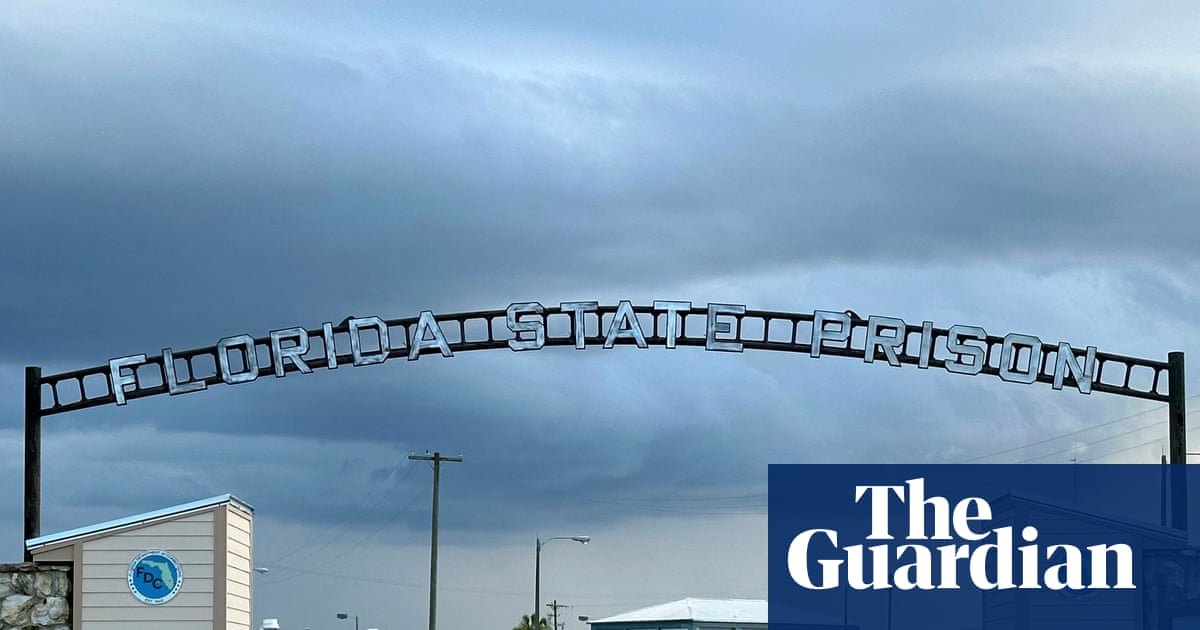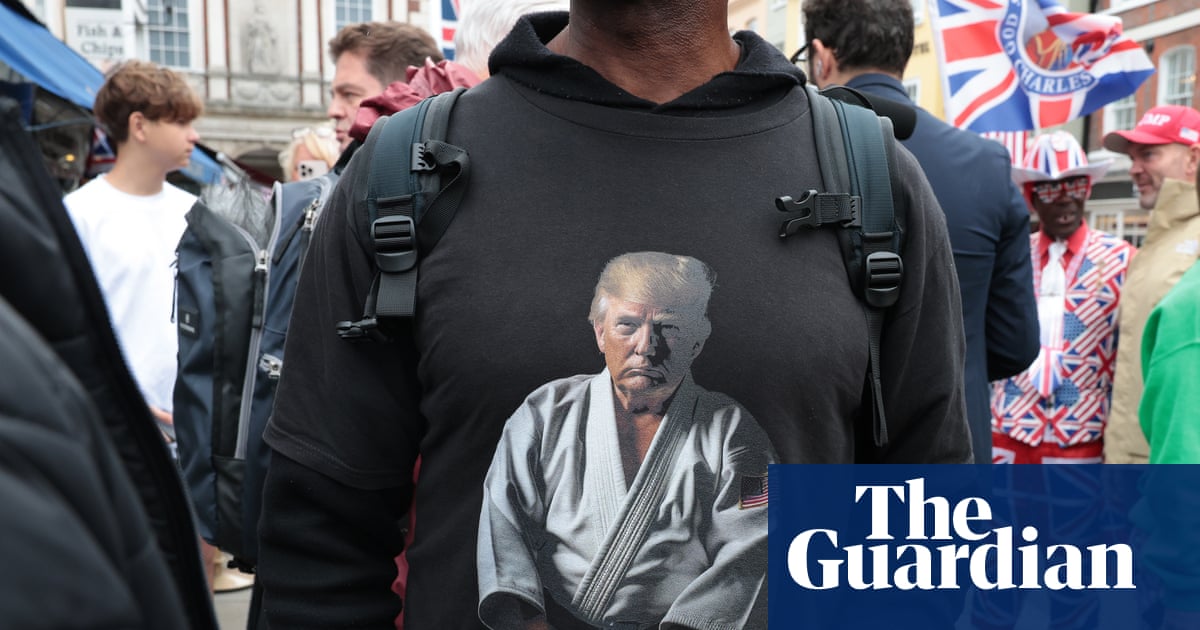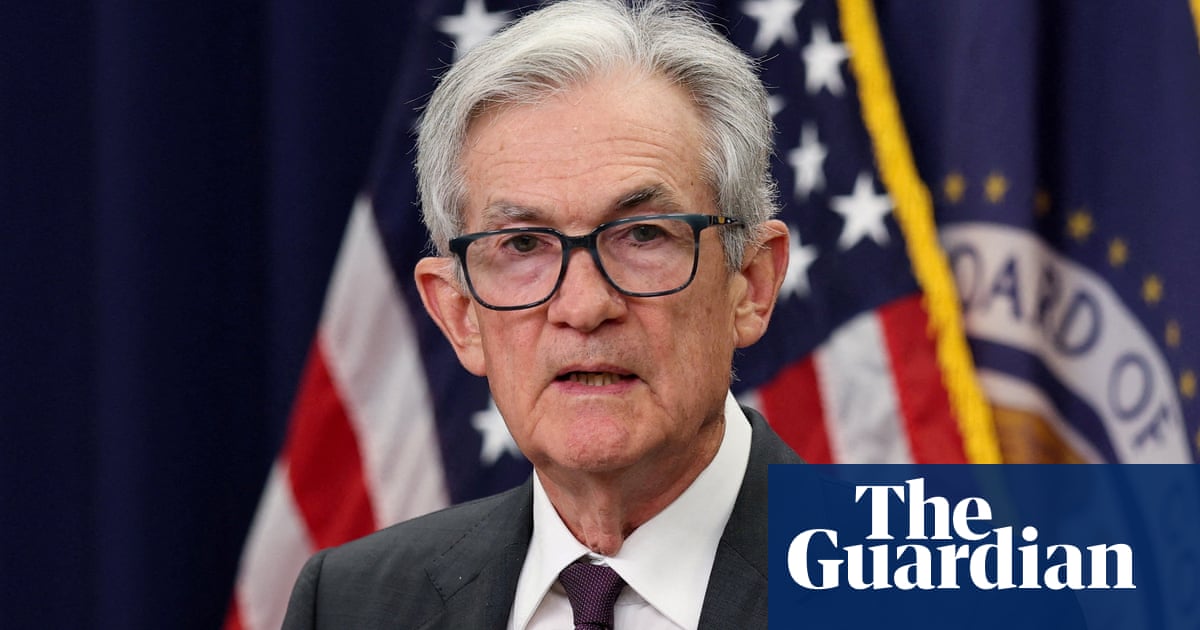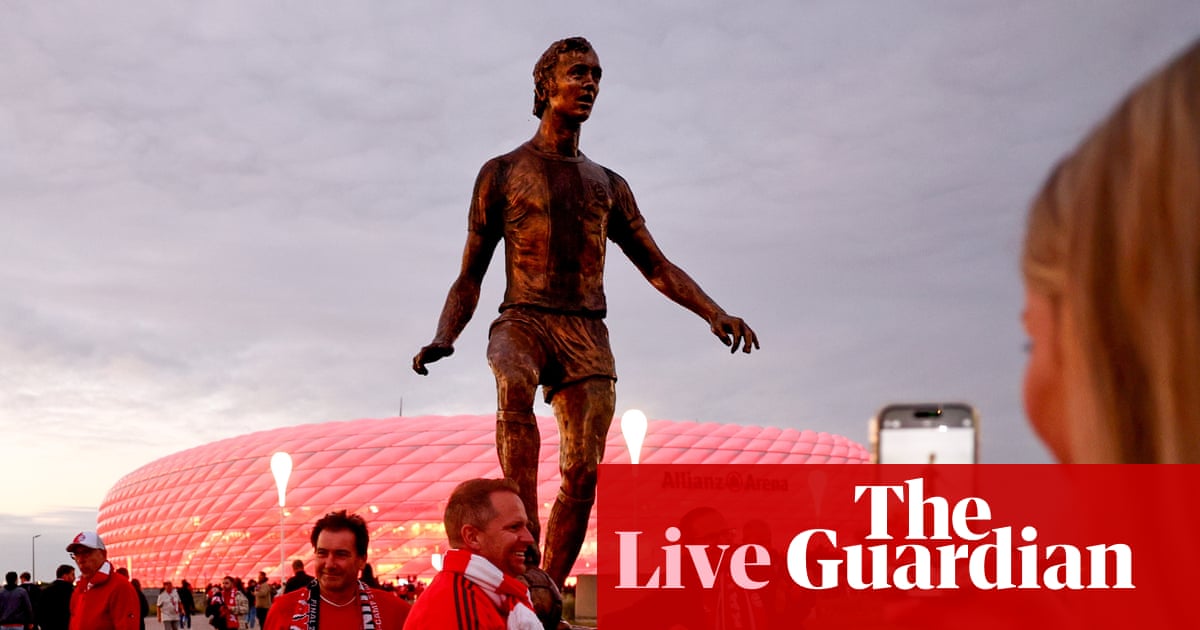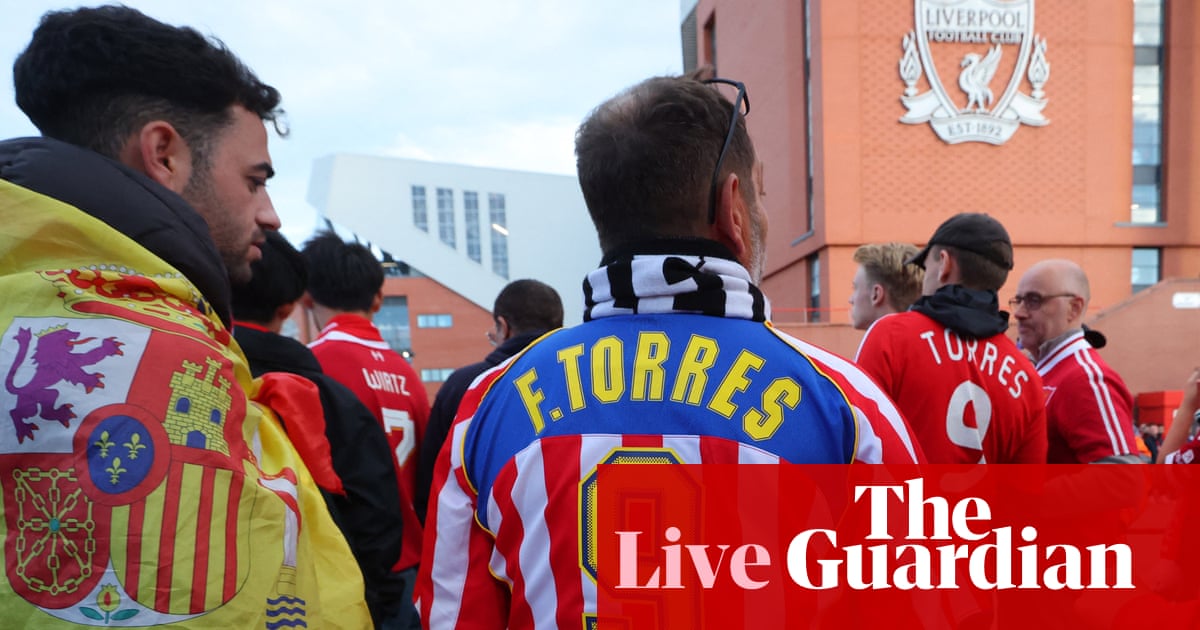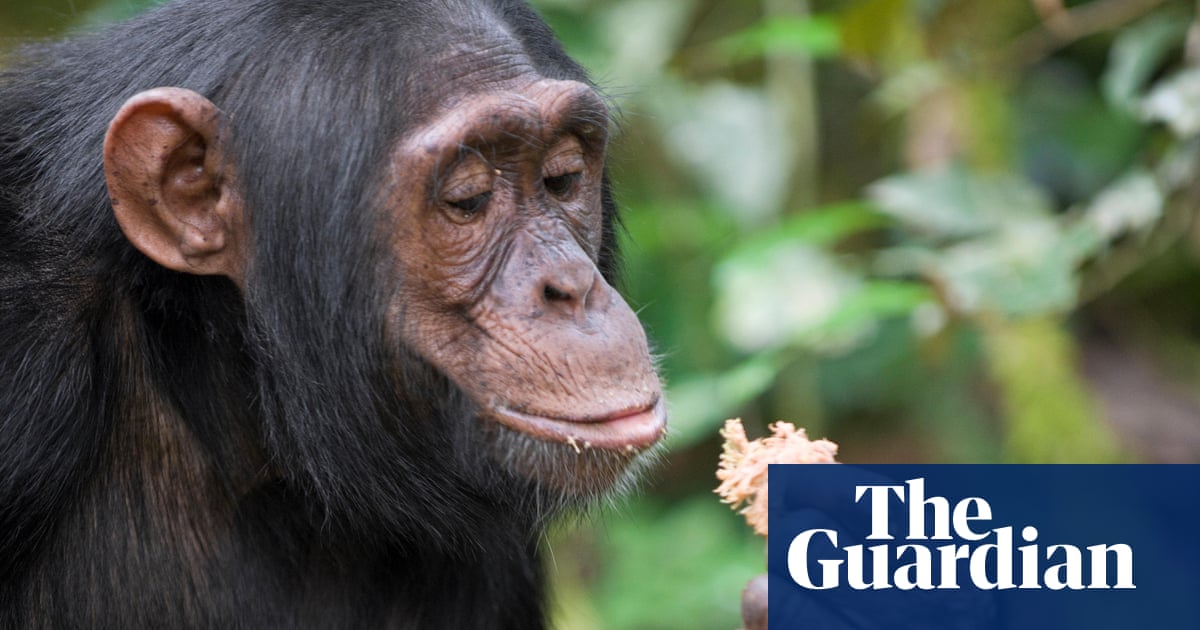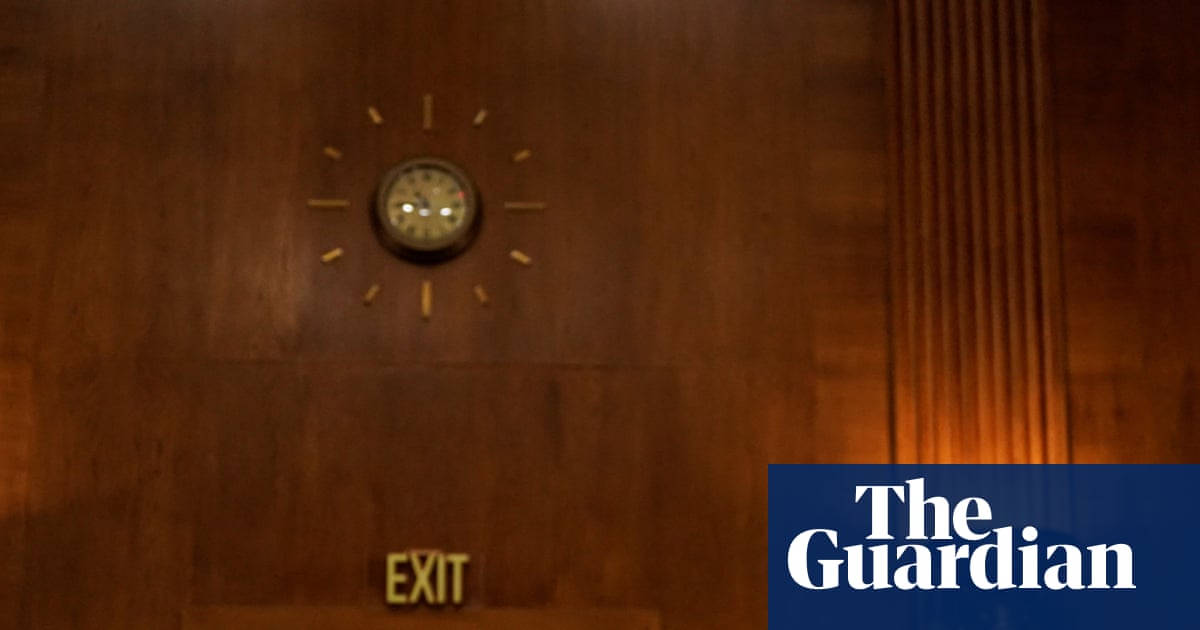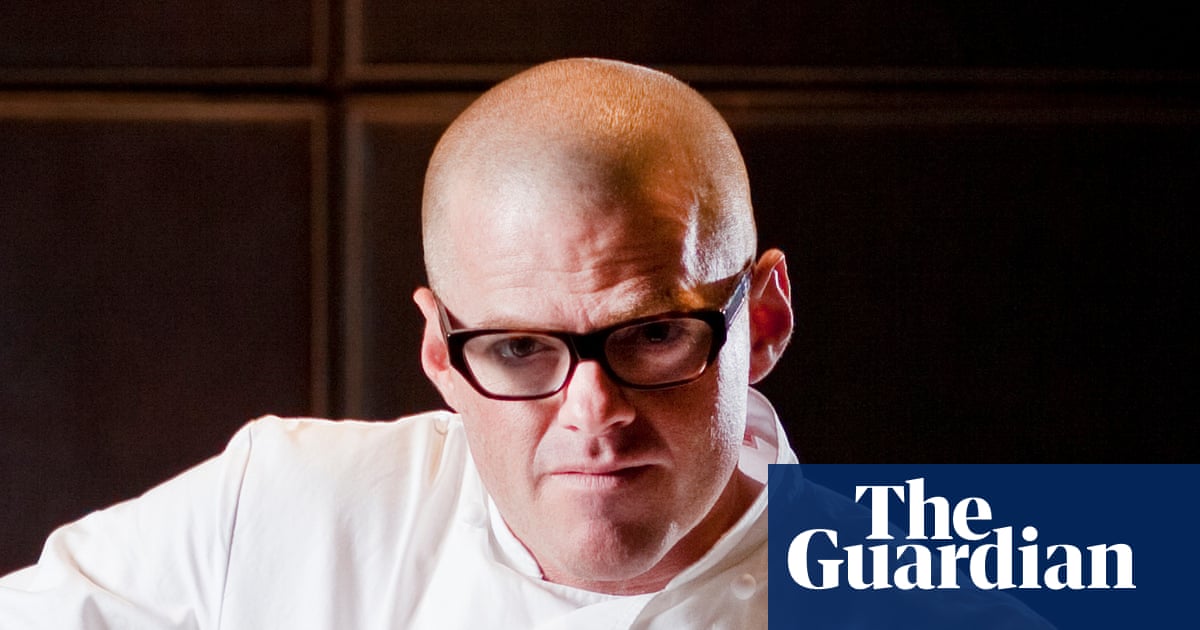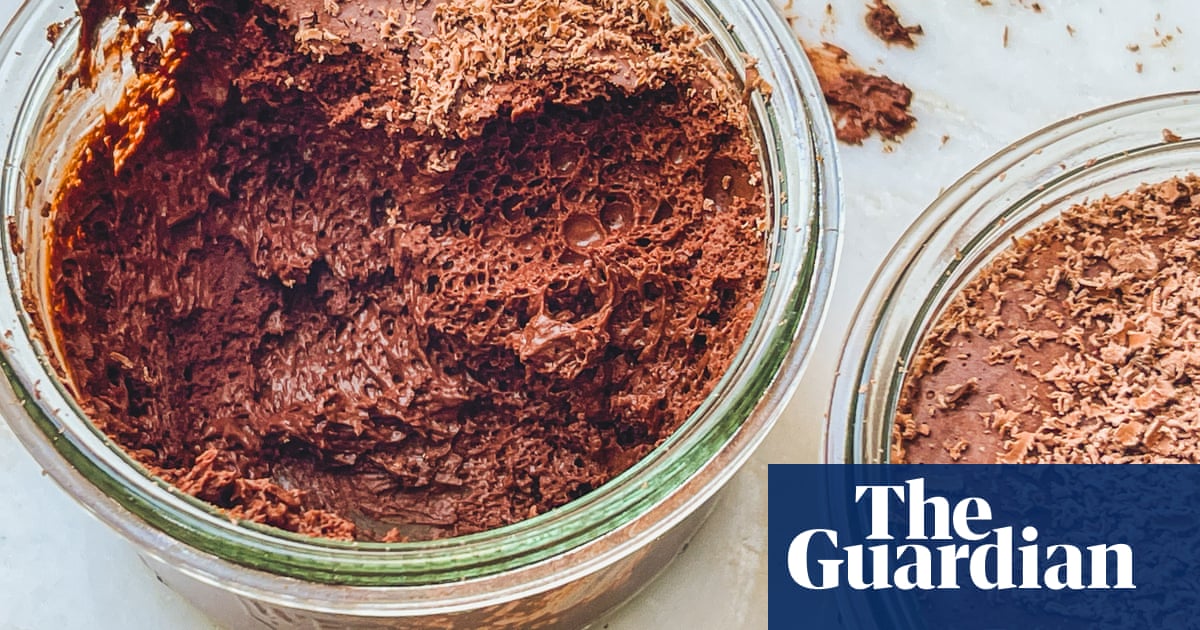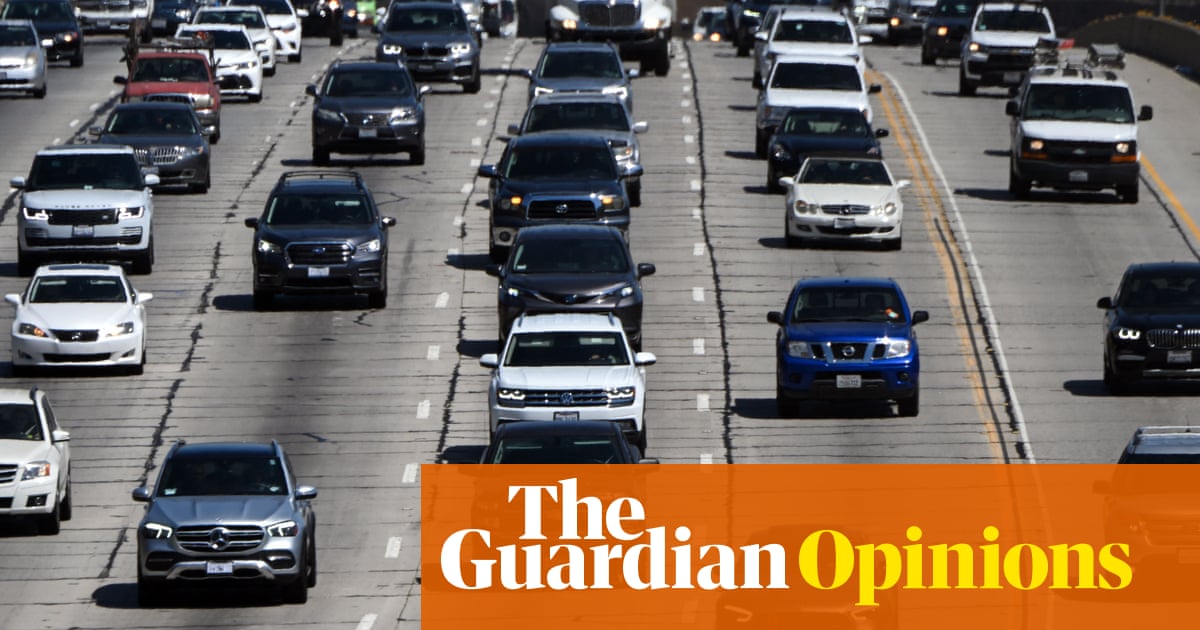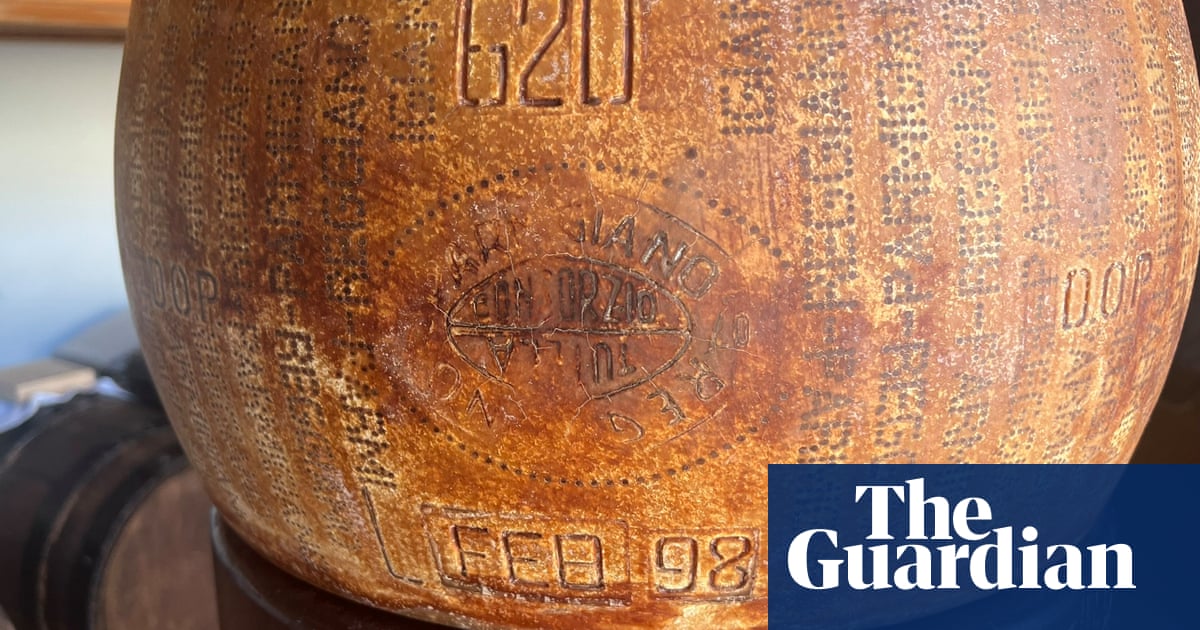Gaza City’s main high street has been destroyed but Palestinian memories of life before the ongoing Israeli assault survive. As those in Gaza face bombing, starvation and miserable living conditions, here’s how they try to hold both the past and the present in their minds
Before it was bombed into a long grey line of rubble and dust cutting across Gaza City, Omar al-Mukhtar street was full of life – shoppers in the day, friends and families on evening outings after dark.
Running from east to west through the city, this artery road is home to some of Gaza’s most significant landmarks.
It connects the city’s historical sites to the centre of modern commercial activity and leads down towards the port, which has for centuries been crucial to life in Gaza.
Heavily damaged in Israel’s ongoing assault on Gaza, in which 56,000 Palestinians have been killed, according to the health ministry, the area around Omar al-Mukhtar is now crowded with people who have fled from parts of Gaza City which are now entirely flattened.
For the repeatedly displaced people of this city, the street is where many still return, trying to bring it back to life.
Here we look at some of the places that made up this main artery of Gaza City, seeing them through the eyes of those who live there, fighting to survive.
‘We are people who had dreams like you’
Capital Mall shopping centre
The Capital Mall opened its doors in 2017. It had clothing, perfume, home goods and mobile phone shops, a bookshop and food court. For Gaza’s middle class youth, it was the place to hang out and be seen.
Yousef Eljojo, a 21-year-old architecture student, drew the mall from memory and posted it on Instagram at the beginning of this year. You can see it in the video above.
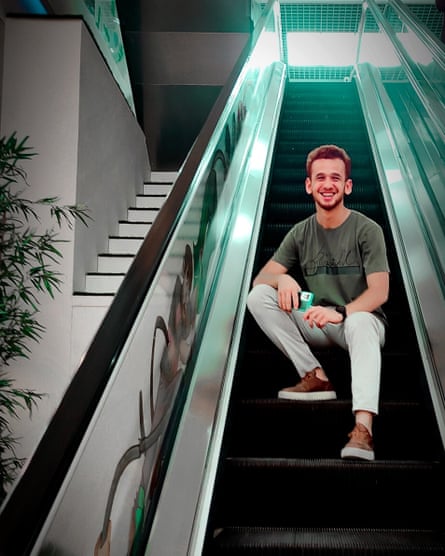
“I try to remember the buildings, the streets, the trees – I draw what I used to live. We were never just numbers. We are people who had dreams like you, hopes to fulfil. We had warm and safe homes.
“Now, we are trying to rise again. I am studying architecture remotely, without resources like electricity or internet. I look at my papers with a burning heart, will they remain blank? Or will I colour them once again?”
The conditions in Gaza have worsened significantly since he made that drawing and posted it on Instagram.
“We don’t even have a single loaf of bread at home. The price of one kilo of flour is 90 shekels, which is about $26 [£20], and therefore a single loaf of bread costs $25. We’re talking about a war that has been going on for nearly two years. So, those who once had thousands of dollars now have absolutely nothing,” he says.
The city has become more like a jungle. It used to be one of the most beautiful cities in the world. We were very happy – we used to go to university, learn, go on leisure trips and night camping in open areas. We also used to have money, and life was good
“We were never used to life in tents, or chasing after a bag of flour, or standing in long lines for food distribution. We were the ones distributing food before the war. We were never used to such a miserable life.
“I don’t know if I will die, or if the war will end, or if we will leave the country. But in all cases, I will be very happy.”
Eljojo remembers a stationery shop called Pens & Pins where he used to get his drawing materials. The shop reopened in February and is still operating but Capital Mall itself has not survived, he says.
“It’s difficult for it to operate at this stage. It needs generators that require a massive amount of fuel. It also has empty restaurants and cafes – there’s nothing in them except the equipment. The building is completely shut down and no one enters it.”
‘I studied while lying under a tent roof, terrified of bullets’
Islamic University of Gaza
With 17,000 students, the Islamic University of Gaza was one of three large universities around Omar al-Mukhtar street.
It was bombed on 10 October 2023 by the Israeli forces who posted a video of the destruction. According to the official university website, 19 buildings and 500 classrooms across the three campuses were completely destroyed.
The main auditorium, which once staged joyful graduation ceremonies, is now a refuge for displaced people. Students have scattered.
Aya Talb was a medical student. She has wanted to be a doctor since she was 10, when her parents were ill and didn’t have the money to get the treatment they needed: “I believed with all my heart that once I became a doctor, I would help my family’s suffering.”
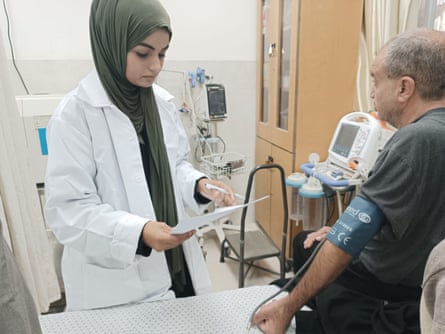
But that happiness was short-lived. Just one week after she started her studies the war began and with it, a whole new chapter of unbearable suffering. Her home was bombed and she has been living in a tent with her family since August 2024.
Talb and her family are struggling with the the current blockade as they cannot get enough food and have to bake bread using spoiled flour.
What’s worse is when hunger is accompanied by illness in a deadly way, with the spread of fleas, scabies and contaminated water, all while food is completely absent
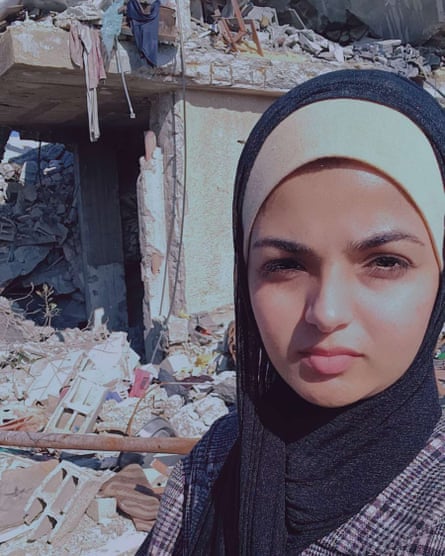
She still managed to complete a full year of medical school under bombardment.
“Countless times, I studied while lying flat on the ground under a tent roof, terrified of the bullets flying around us. In addition to the unbearable hunger we experienced, I walked hundreds of metres just to find an internet connection so I could attend lectures and take exams. I completed that year as if I were carving through stone with my bare nails.”
She says she hasn’t been able to register for a second year of online study because she doesn’t have the tuition fees. “My family and I are forced to prioritise using our limited money to buy spoiled and infested flour, to purchase firewood so we can cook, and – worse yet – to pay for transportation just to move from one place to another during forced displacement.
“You might laugh at me, but honestly, what’s worse than hunger was having to run from one street to another just to find internet access, and then checking what each professor had posted for their course. The internet access lasted only three to four hours for a fee, so I would download the lectures from YouTube and watch them later in my tent, using a small phone that survived the bombing of our home.”
Abdullah Salama lives in Rimal, Gaza City. He earned a bachelor’s degree in maths in 2020 and was pursuing a master’s in data science when the war started. He couldn’t continue after the university was bombed multiple times.
He remembers the many hours he used to spend in its beautiful gardens and says the university was ranked 68th globally in terms of green space.
I was passionate about those gardens and used to spend hours there – it felt like a second home to me. When the university was bombed, I grieved just as I did for my own home that was destroyed
In July 2024 he resumed his studies, getting online where and when he can. He is in the research phase of his degree, but says some of his friends are watching lectures and submitting assignments and exams online.
He walks up to 10km a day to find places that offer electricity generated through the solar panels that were installed before the war. The power is unstable and unreliable.
“We rely on alternative power sources such as solar energy. The internet is also very slow and unstable, which makes it extremely difficult for students to continue their education. This is just one part of the daily struggles we face, alongside finding water, food, and enduring many other hardships. Still, we continue to pursue our education.”
‘People have no alternatives to bakeries’
The Families Bakery
The popular Families Bakery chain used to post photos on its Instagram account of counters full of bread, pastries, cakes and pizza. Treats for every occasion: Ramadan, graduation, breakfast, nights out with the family.
The posts stopped in October 2023, and the shops took on greater significance as one of the World Food Programme (WFP)-subsidised bakeries that fed people during the war and the recent blockade.
During the brief ceasefire from January to March this year, the bakery received some flour from the WFP and sold it for less than a dollar. Photographer Majdi Fathi, who has been documenting the daily struggles of life during the war on his Instagram account and for international media, took the video above.
Many children and people stand in a queue to buy the bread for half a dollar then sell it to others for two dollars
Fathi had been displaced from Gaza City, but when the ceasefire happened, he returned alongside thousands of others. “My house was destroyed during the war in the neighbourhood of Shujaiya and now I am having to rent a house.”
Throughout the war, keeping bakeries open has been a battle. People rely heavily on bread for sustenance and bakery ovens are often one of the only places families short of fuel can cook.
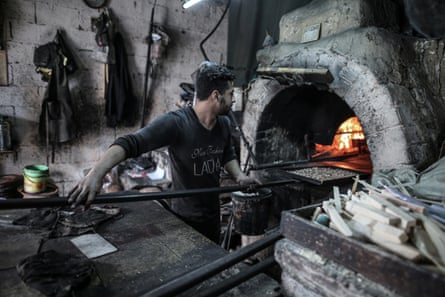
The Families Bakery had to shut down again after the closure of all crossings into Gaza in March stopped supplies stock of flour, yeast and cooking gas.
When aid convoys were allowed back in after more than 80 days of Israeli blockade in mid-May, some of the bakeries resumed bread production, but according to a WFP report, “due to the lack of food and desperation of the population, situations of insecurity forced the bakeries to close”.
Abdel Nasser al-Ajrami, who owns the Families Bakery and is the head of the bakery owners’ association in Gaza, told The New Arab on 27 May that, before the war: “ …about one hundred and forty bakeries were operated, but the Israeli army destroyed about 90 and left only 50. Around 25 bakeries are working with the WFP, and we have no news about dozens of them”.
He also told the UN: “The situation is extremely dangerous because people have no alternatives. They can’t bake because they don’t have electricity, energy, gas or fuel. The situation is extremely tough. Ask any citizen, and you will find out that they want to cry because of the tough situation they are living in: ‘I will die of hunger alongside my children.’ They have no alternative for bakeries.”
‘The heart of Gaza City was now lifeless’
Falafel Sousi
Before the war, a short walk away from the bakery, one shekel (about 20p) could have bought someone a falafel sandwich at one of Falafel Sousi’s several restaurants across Gaza City, including a couple on Omar al-Mukhtar street.
“The heart of Gaza City, which had pulsated with life, was now lifeless,” says a Palestinian influencer with the TikTok handle mta3mgaza. They used to uploaded videos reviewing restaurants in Gaza, but says Omar al-Moukhtar street, once made vibrant by the restaurants that lined it, is now decimated.
Even the animals were dead and lying in the streets. The smell of death rose up from where bodies could not be retrieved from the rubble
Majdi Fathi photographed a branch of the shop as it attempted to reopen during the brief ceasefire. He found a throng of people queueing for a sandwich even though the prices had soared, with falafel costing about five times as much as before.

“The crowd of people jostling at Falafel Sousi was because of the closure of the crossings for 52 days, when no food or vegetables were coming in. Gaza is empty of food, whatever is available is very expensive,” says Fathi.
Today, the shop might open for a few days then has to close again because of the lack of resources. “Falafel is now five shekels because chickpeas have become expensive and the sellers need firewood to cook because there is no gas supply,” says Fathi.
‘A place for remembering God’
Omari mosque
The 7th-century Omari mosque, known as the Great Mosque, is Gaza’s oldest and largest. Only metres from it sits one of the world’s oldest active churches. In their vicinity are a gold market and traditional bathhouse, both centuries old.
These buildings formed part of Gaza’s old city and are the most significant cultural landmarks of a city that, contrary to the struggles of recent years, was historically wealthy because of its port’s strategic location.
The image of Omari mosque’s minaret cut down by bombing in December 2023 hurt many Gazans – a terrible example of cultural history being destroyed. Once spanning an area of about 1,100 sq metres, the mosque’s usable space has been reduced to just 300 sq metres due to damage caused by Israeli attacks.
So when the ceasefire began and allowed many people to return to Gaza City, the youth began cleaning up the rubble so that prayers could begin again and by Ramadan they had constructed a temporary hall for nightly evening prayers.
“It was business as usual for Ramadan in Omari, the mosque was filled with worshippers remembering God,” says a member of the team’s management.
They also had plans to accommodate more worshippers during the last 10 days of Ramadan but those were put on hold when Israel ended the ceasefire and began a new military operation.
‘We bring back fish stained with blood, just to feed our children’
Port of Gaza
In the mornings, Gaza City’s port would be busy with fishers heading out to sea and returning with whatever they could catch from within the confines of an Israel-imposed fishing zone to sell at the city’s fish market. In the evening, families would arrive with flasks of tea and snacks to sit down and look out to sea.
For many, the sea offered a form of escape from more than a decade of blockade in Gaza that prevented them from travelling.
Even now, Gaza City resident Bader al-Zaharna returns to the coast when he needs a break but the view is very different, he says:
I look at the beach and there are tents everywhere – it’s a reminder of what’s happened to us
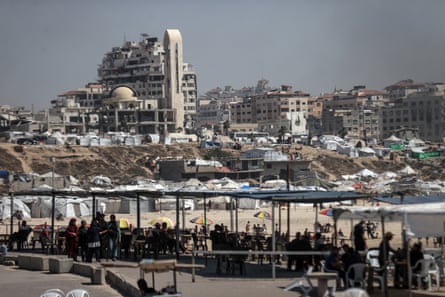
The port has become a makeshift refuge for thousands of displaced Palestinians that have sought refuge there and are facing harsh conditions living in tents without electricity or clean water.
More than 90% of Gaza’s fishing boats, fishers’ storage and equipment have been destroyed. At least 4,500 fishers and 1,500 workers have lost their only source of income. They are also at risk: at least 202 people working in the fishing industry have been killed, 50 of them at sea.
Fisher Zaki al-Najjar, who lost his brother in an Israeli attack, gave an account to UN officials:
“Every day we go out to sea, we stare death in the face. We bring back fish stained with blood, just to feed our children. Despite everything, we will never give up the sea. This is our livelihood, and we will hold on to it at any cost.”

 2 months ago
87
2 months ago
87


